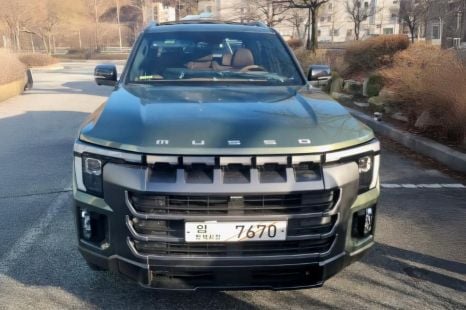

Damion Smy
2026 KGM Musso ute images leaked
35 Minutes Ago
We may not see this unusual, teardrop-shaped car in Mercedes-Benz showrooms, but the Vision EQXX's technology points to future Benz models.

News Editor
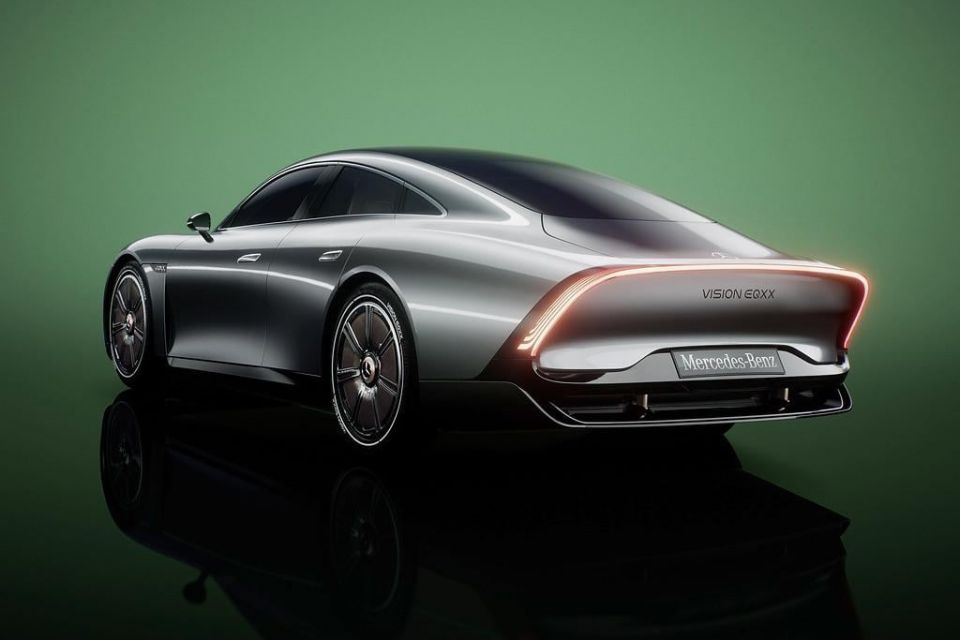

News Editor
Technology featured in Mercedes-Benz’s 1000km-range electric Vision EQXX concept will be used in production vehicles.
“Our EQXX is a research vehicle designed to push boundaries and explore options for future production vehicles,” a Mercedes-Benz spokesperson told Move Electric.
“It is a blueprint for series production. Many innovations from this technology programme will soon find their way into our production vehicles,” the spokesperson added, citing not only the vehicle’s technologies but also the digital tools used in its development.
Earlier remarks from Mercedes-Benz’s chief technology officer Markus Schäfer indicated the EQXX itself could reach production.
MORE: Mercedes-Benz Vision EQXX: Sydney to Brisbane on one charge?
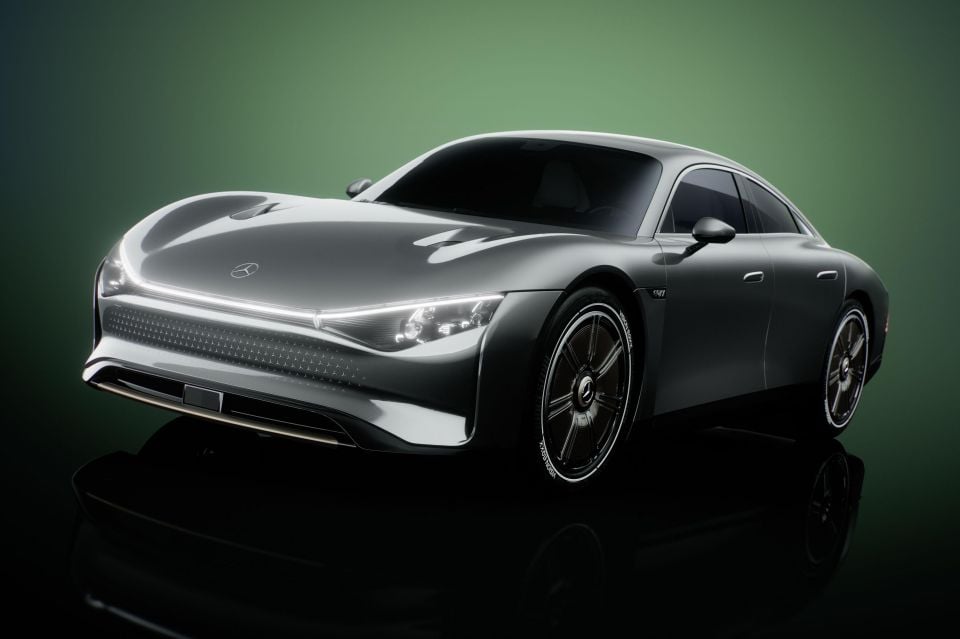
“There are many, many elements of the vehicle which are very close to moving into series production,” said Schäfer.
“We can look at the shape and form of the vehicle, and we are very close to the series car that we are going to see in 2024 with all the ingredients to make it one of the most efficient electric vehicles that exists”.
The Vision EQXX concept, a running and driving prototype, boasts a claimed range of more than 620 miles (998km), over 200km more than the most efficient EQS.
The concept is quite a bit smaller than the EQS, with Autocar reporting word from chief designer Gordon Wagener that it’s “at least one segment smaller” than the recently revealed EQE.
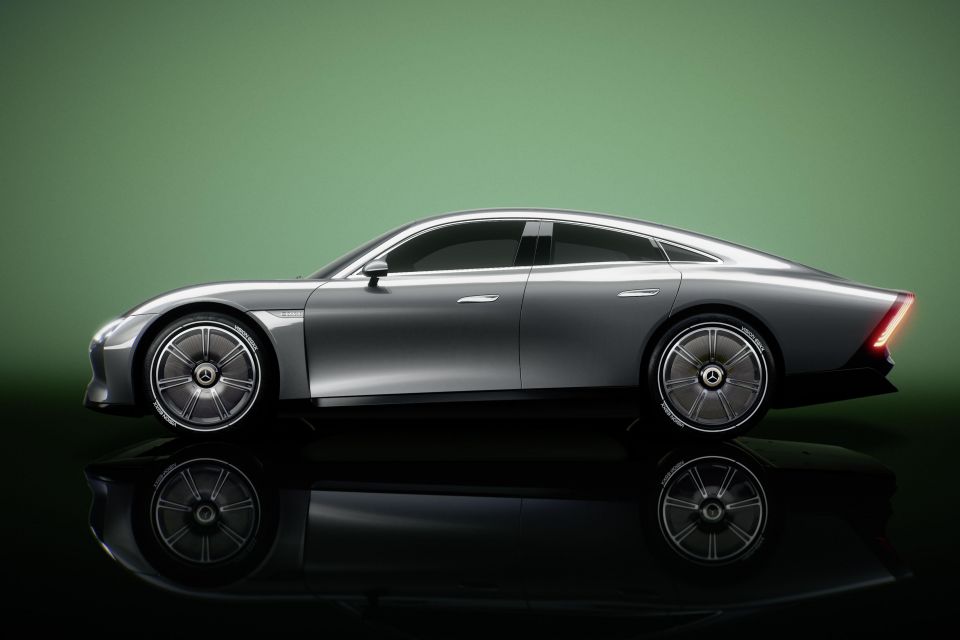
While detailed specifications weren’t announced at its January reveal, Mercedes-Benz confirmed it uses a 2800mm wheelbase – that’s 65mm shorter than the new C-Class.
In addition to a flat underbody, the EQXX has a tapered tear drop-style body with a rear track that’s 50mm narrower than the front.
The concept’s frontal area is said to be less than the CLA and some Smart cars, while at the rear there’s a diffuser that automatically extends at speed.
The Bridgestone Turanza Eco low rolling resistance tyres have aerodynamically-designed sidewalls, and are paired to 20-inch forged magnesium wheels with wind-cheating covers.
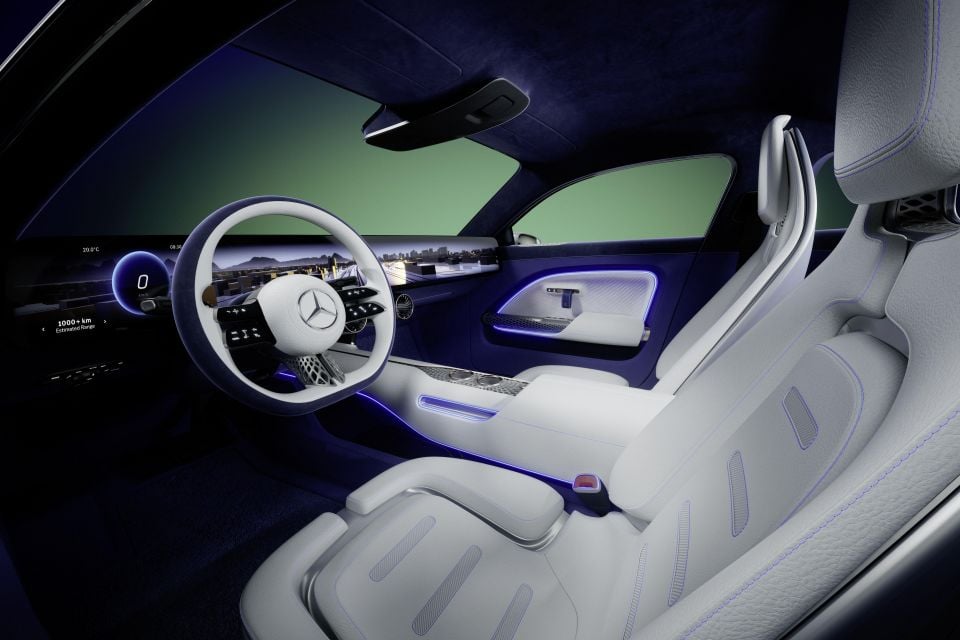
At its most efficient setting, with all the cooling shutters closed and diffusers retracted, the EQXX has a coefficient of drag (Cd) of just 0.17.
To put that into context, the latest S-Class has a Cd of 0.22, while the all-electric EQS has a Cd of 0.20.
A cooling plate built into the EQXX’s flat underbody takes advantage of all the cold air rushing underneath the sedan, while heat pumps coupled to the electric motor help to keep the cabin toasty while minimising energy use.
All of these design choices help cut consumption to under 10kWh per 100km.
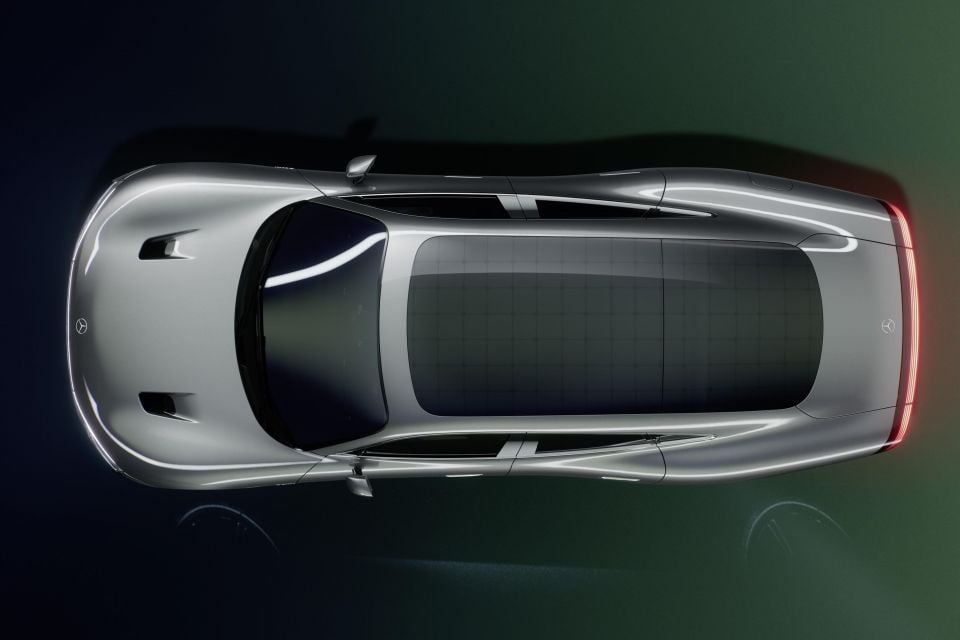
Thanks to a partnership with HPP, the EQXX’s 100kWh battery has an energy density of almost 400Wh/L.
According to the automaker, this is because of a new anode chemistry and more tightly packed cells with electrical and electronic components moved into a separate compartment. Maximum system voltage is an eye-poppingly high 900V.
These advances result in a battery unit that’s not only more compact, but weighs just 495 kilograms or 35 per cent lighter than and half the overall size of the EQS’ 107.8kWh pack. Gross weight of the EQXX is 1750kg.
To improve range still further, there are 117 solar cells on the roof that feed into a special lithium-ion-phosphate battery powering the climate control system, as well as the lights, infotainment setup and other accessories.
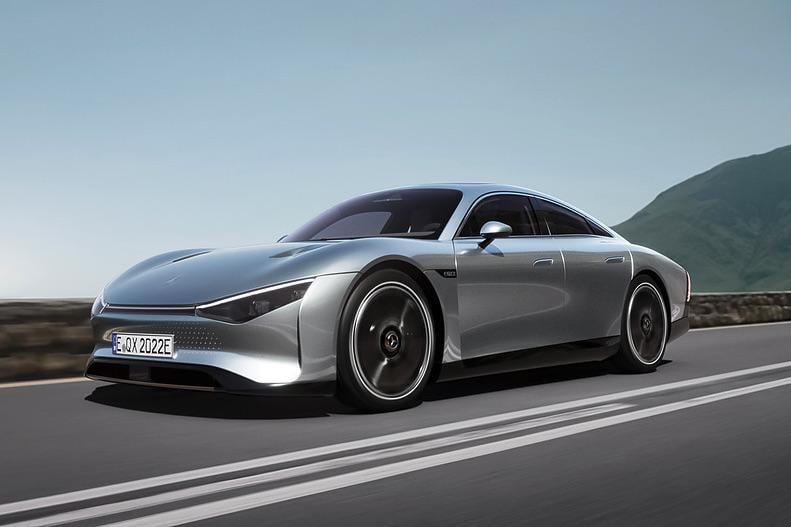
On a day with plenty of sunshine, the solar panel can add up to 25km of driving range.
With its focus on range, it’s probably no surprise to learn the EQXX has a single electric motor for the rear axle rated at around 150kW.
Mercedes-Benz says the EQXX’s development programme has seen key contributions from Mercedes-AMG High Performance powertrains, which builds the electrified V6 engines used in Mercedes’ Formula 1 cars.
Where expert car reviews meet expert car buying – CarExpert gives you trusted advice, personalised service and real savings on your next new car.
William Stopford is an automotive journalist with a passion for mainstream cars, automotive history and overseas auto markets.


Damion Smy
35 Minutes Ago


Damion Smy
2 Hours Ago
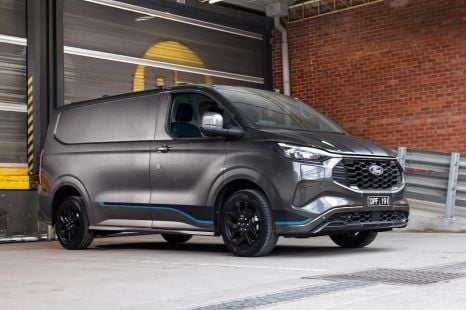

Damion Smy
2 Hours Ago
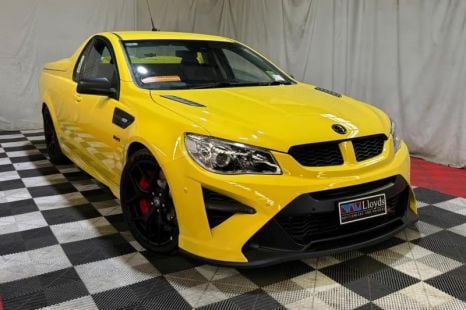

Damion Smy
3 Hours Ago
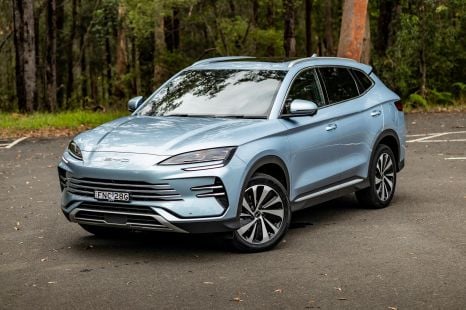

Josh Nevett
3 Hours Ago
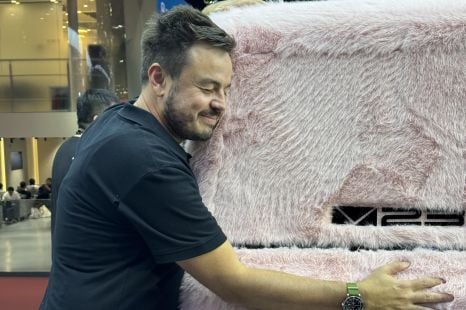

Max Davies
4 Hours Ago